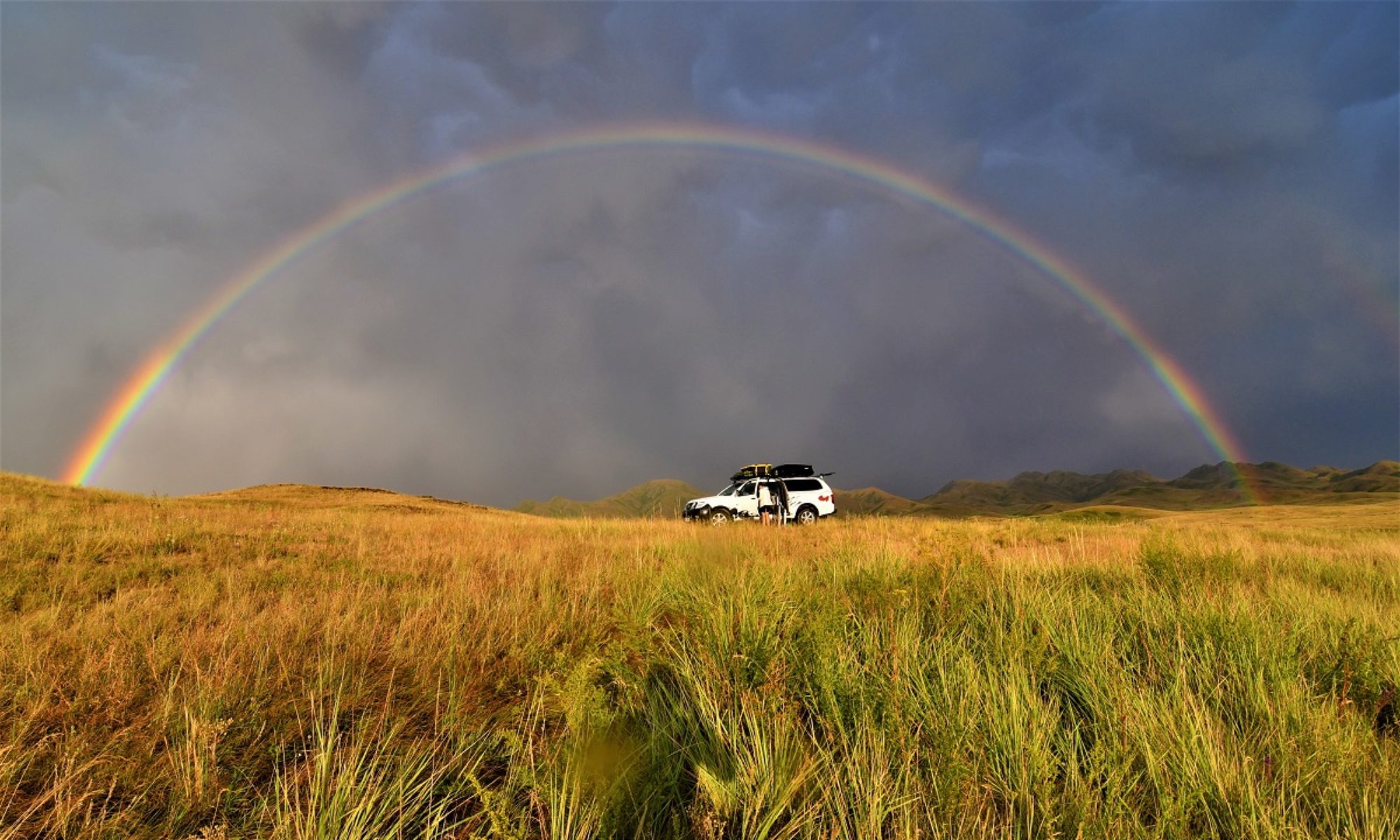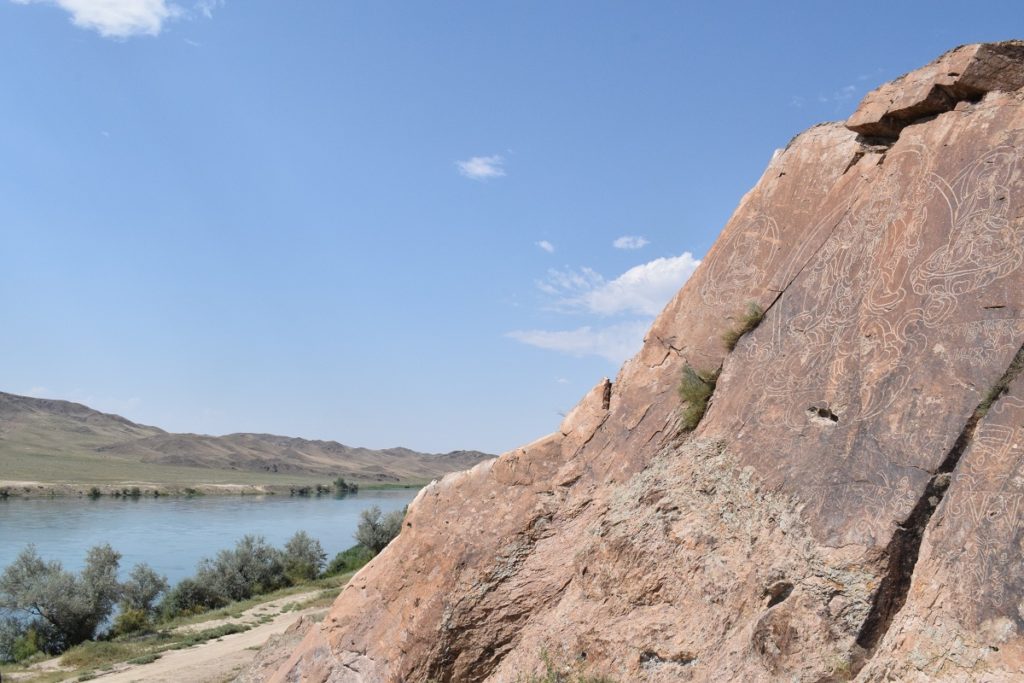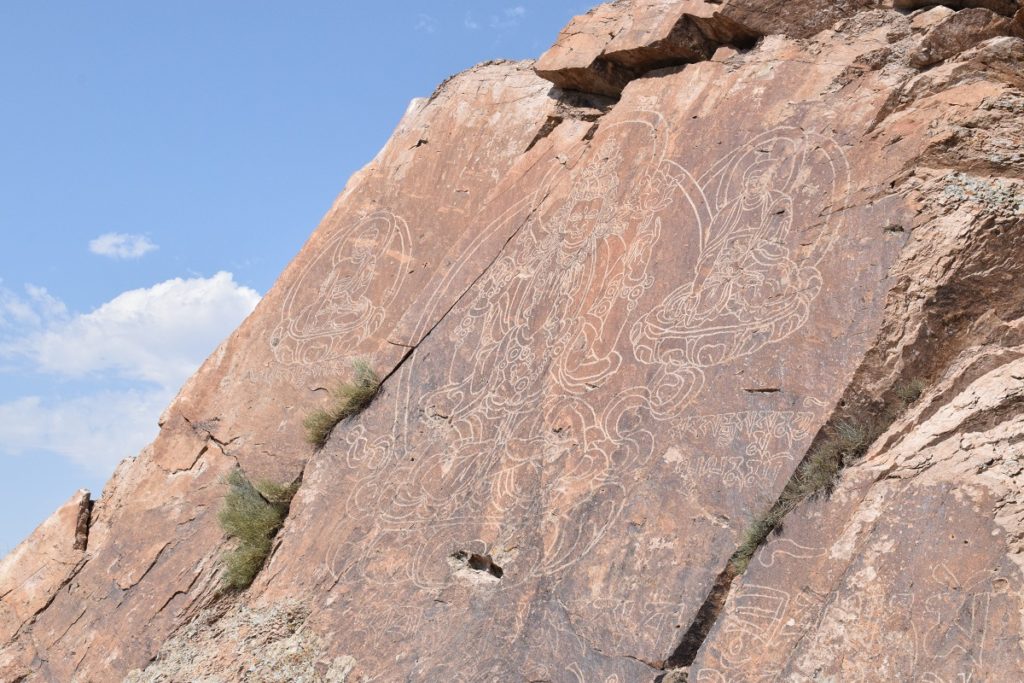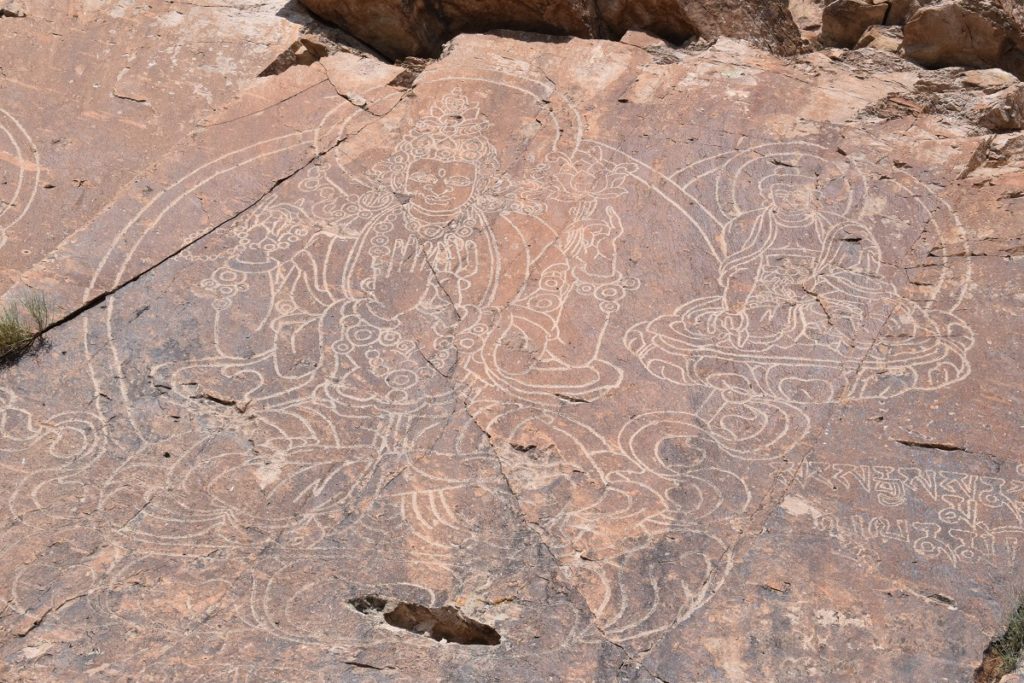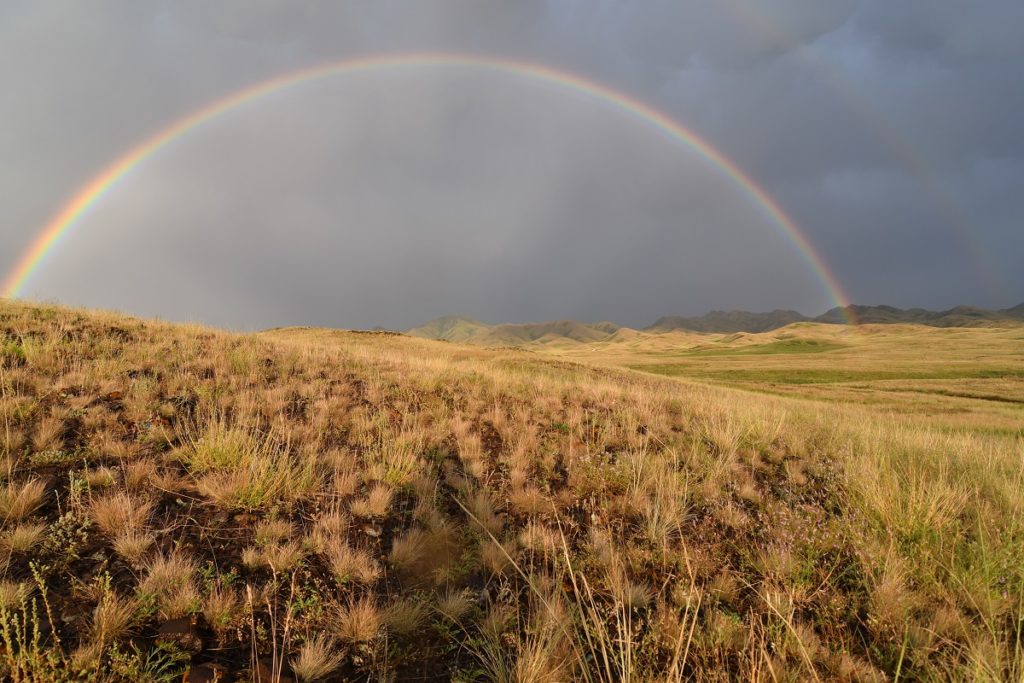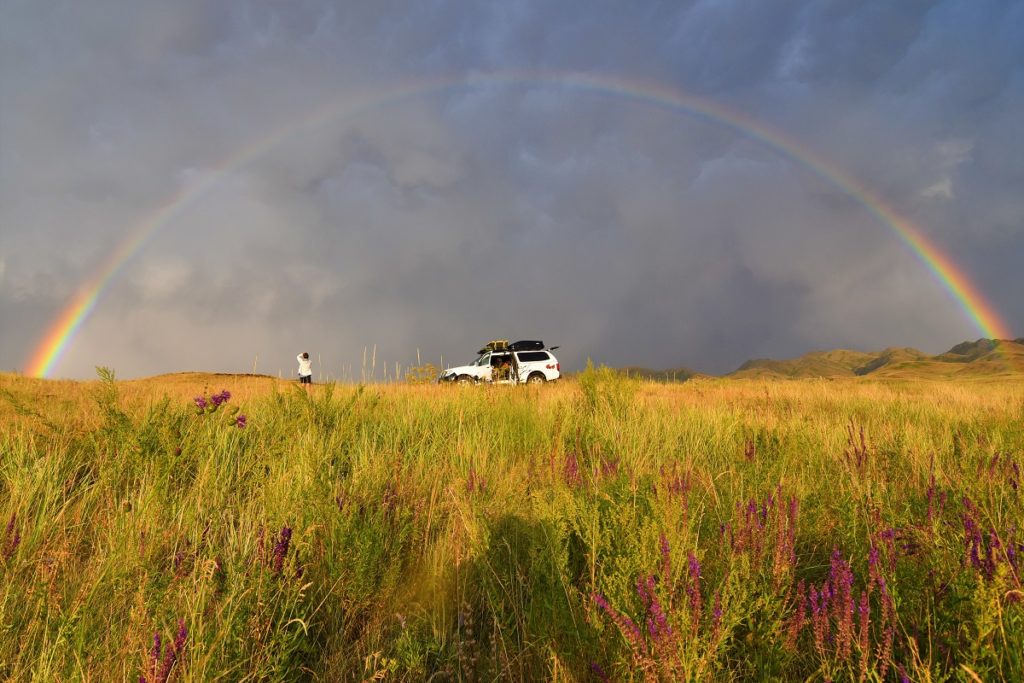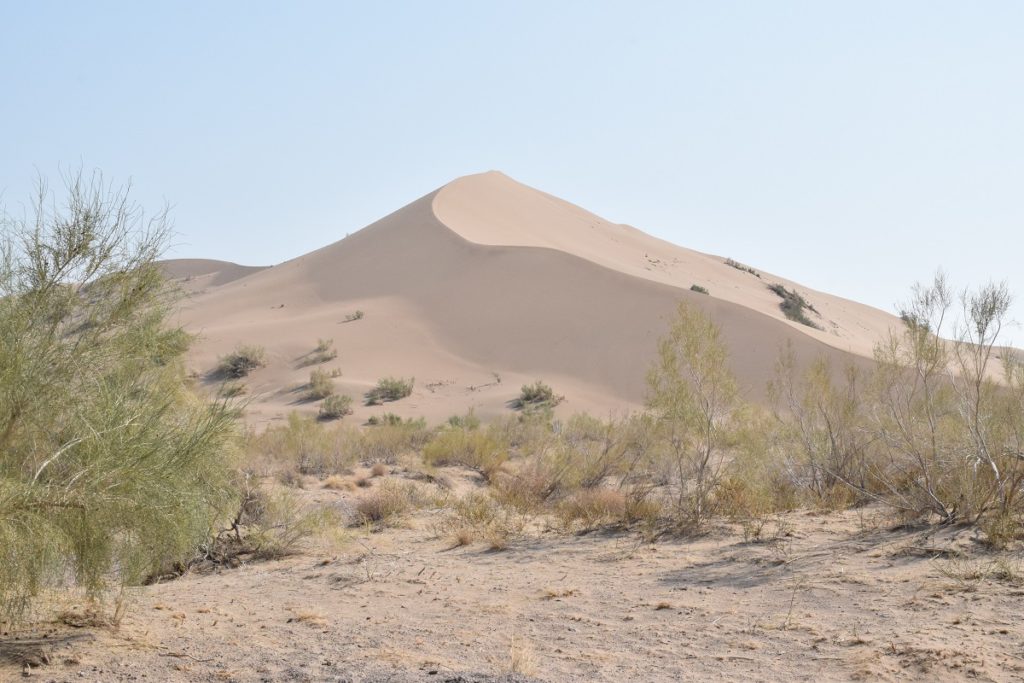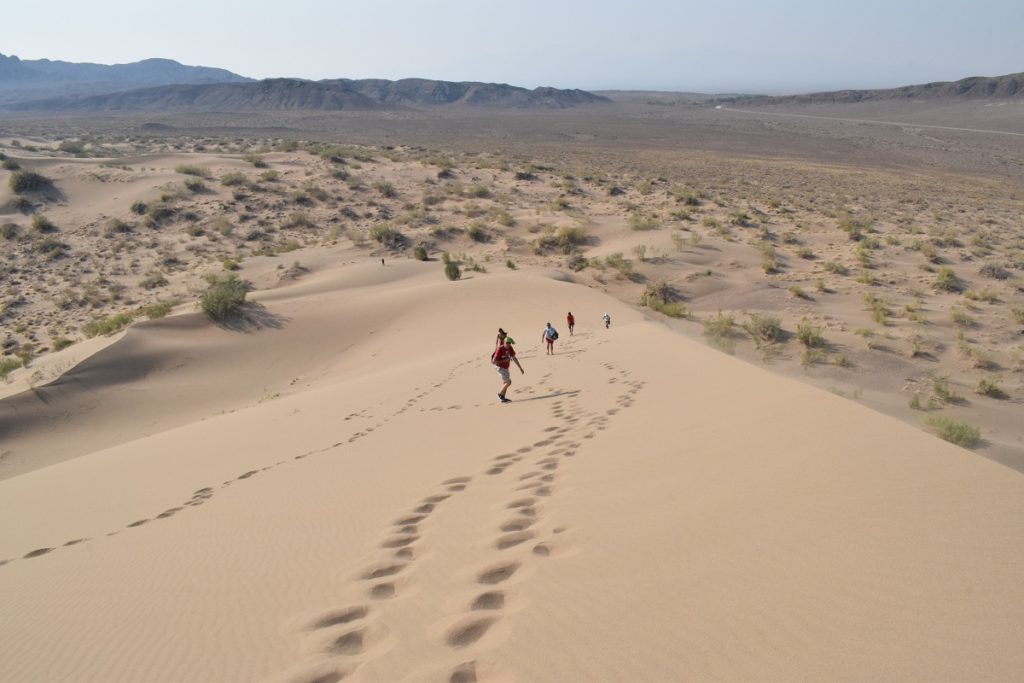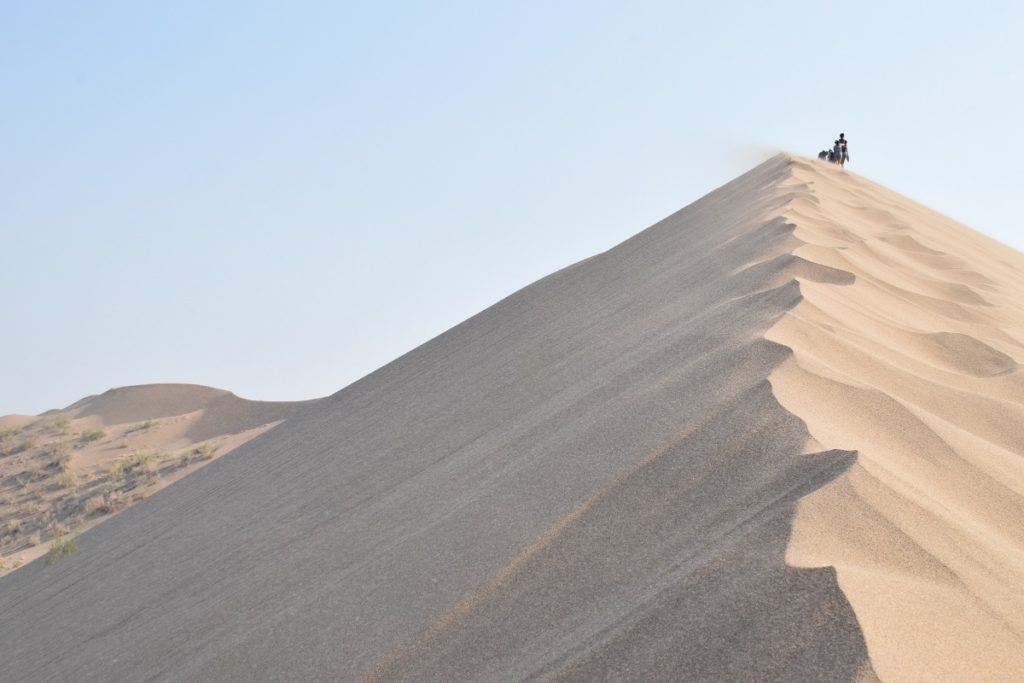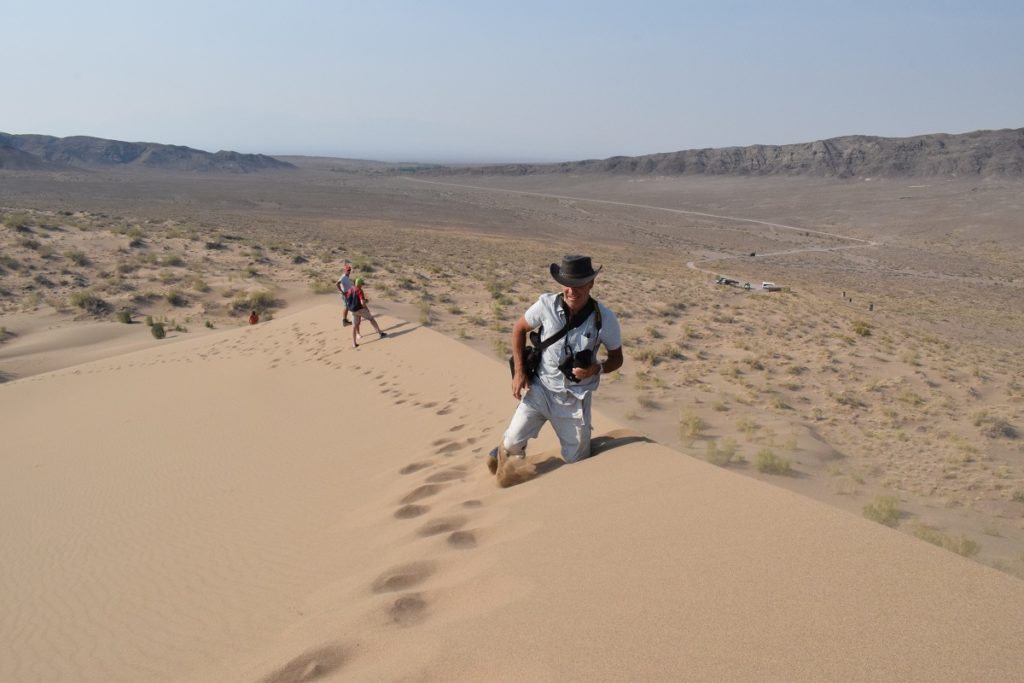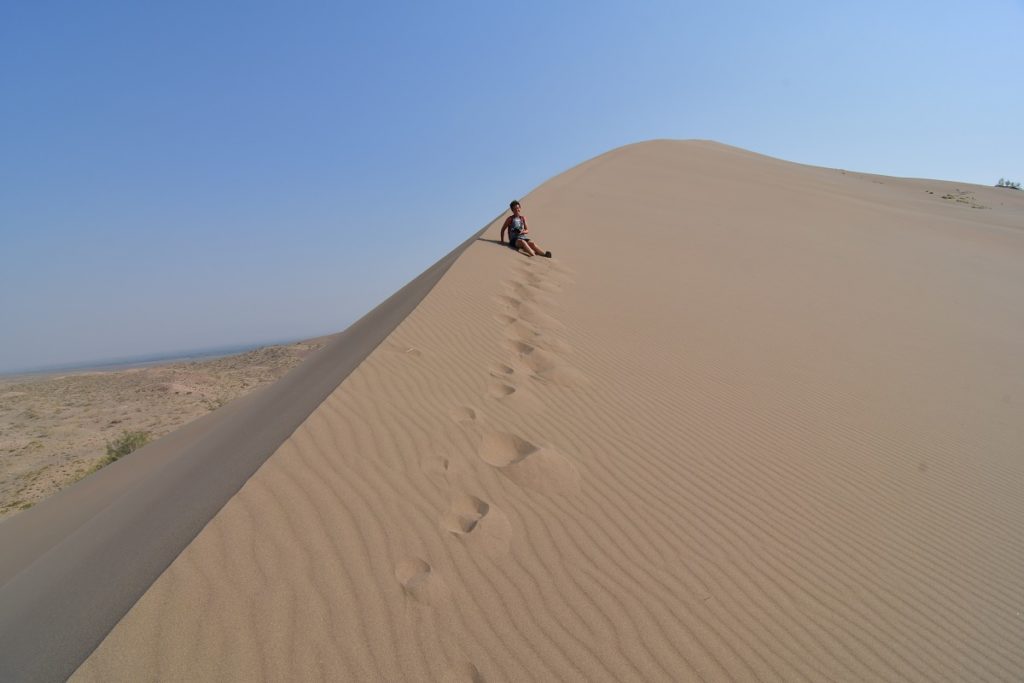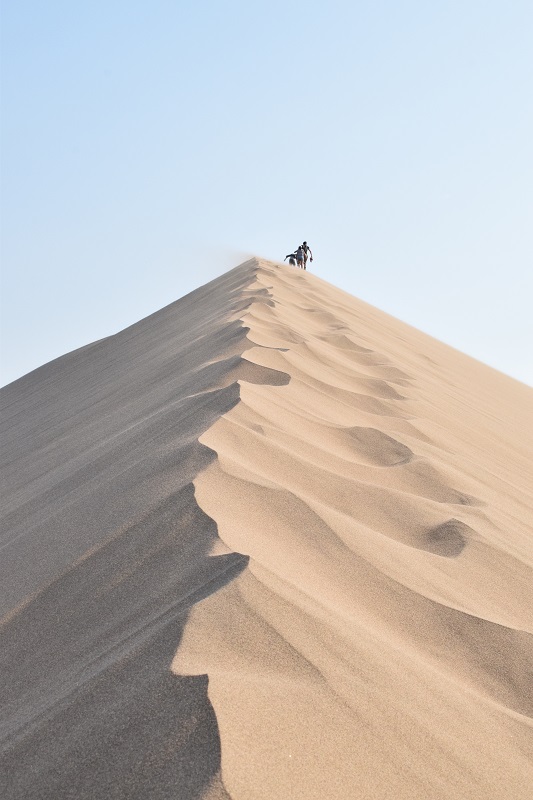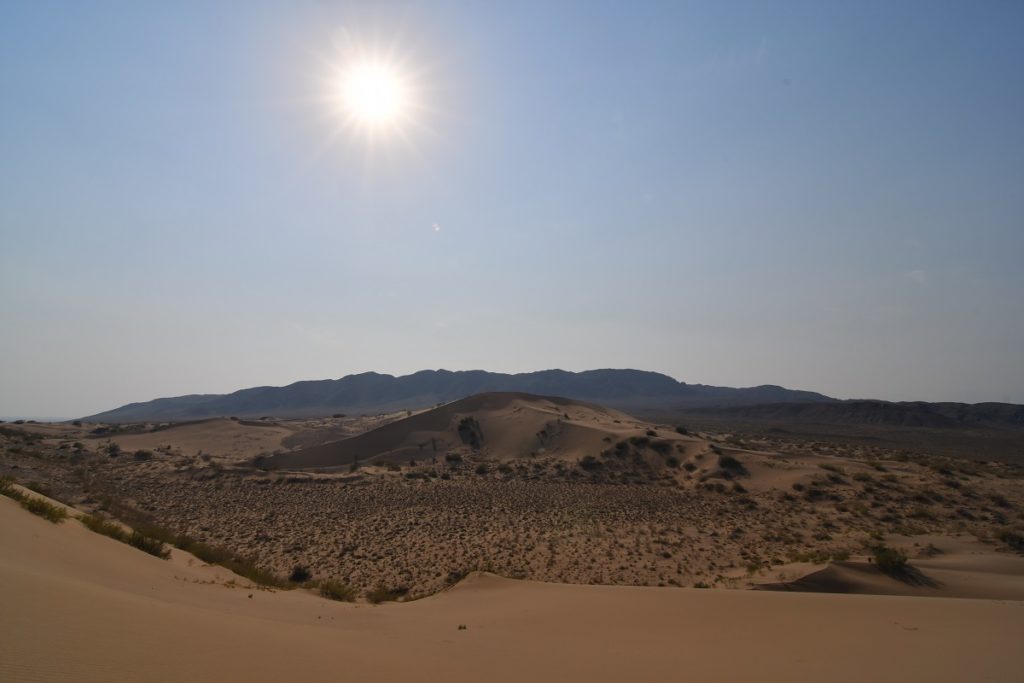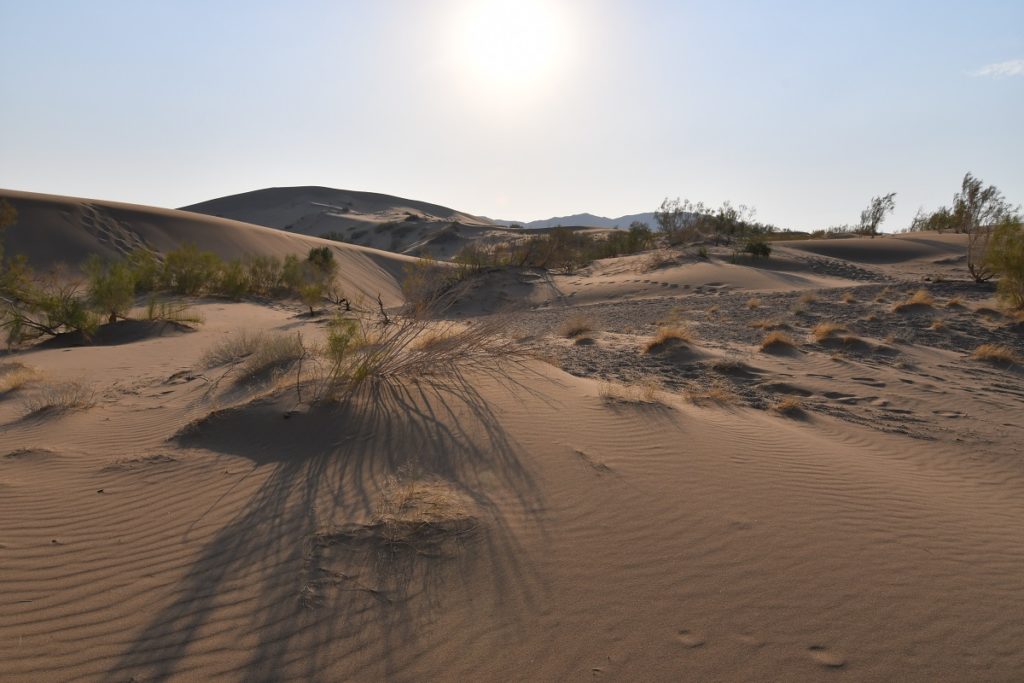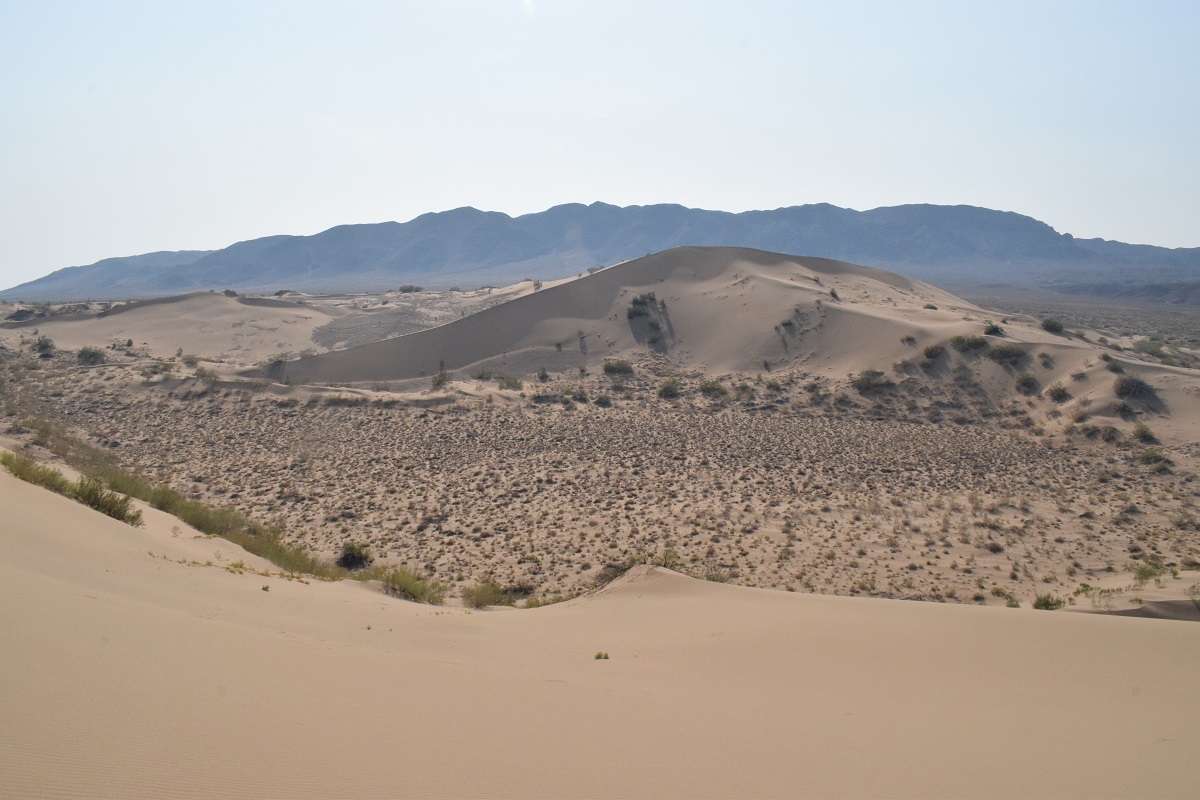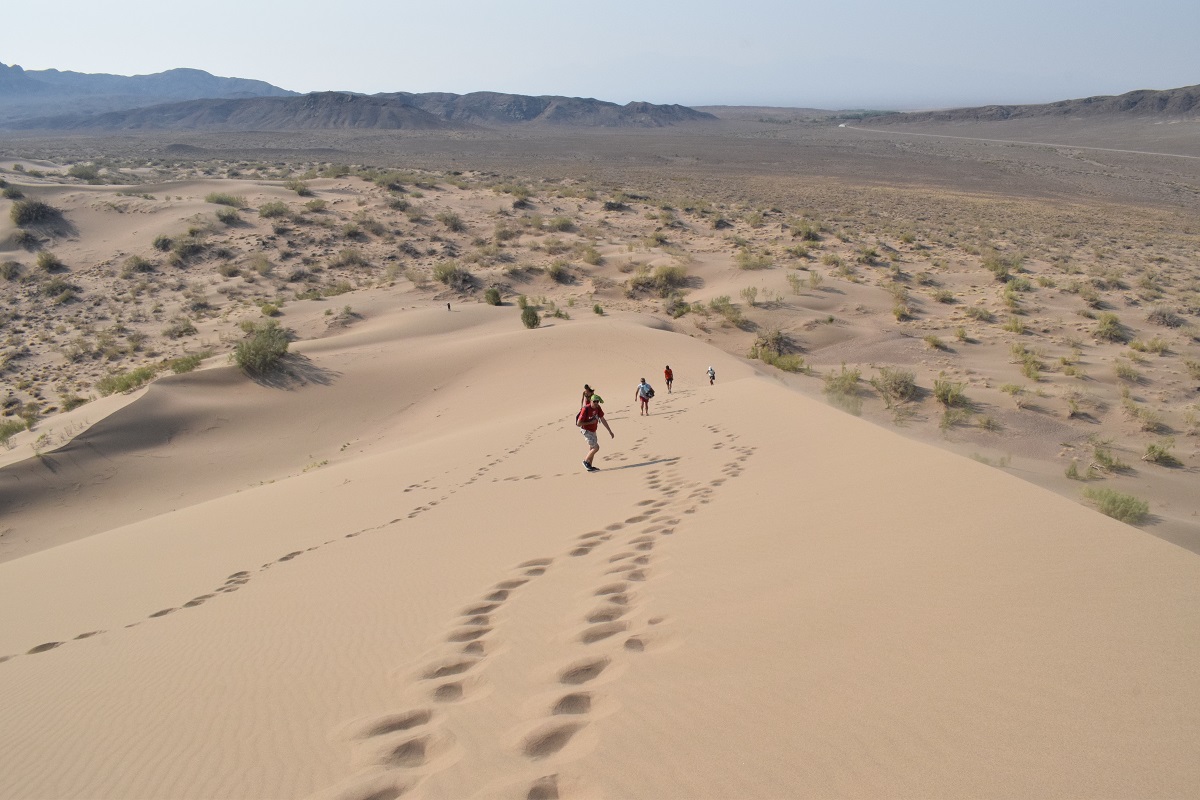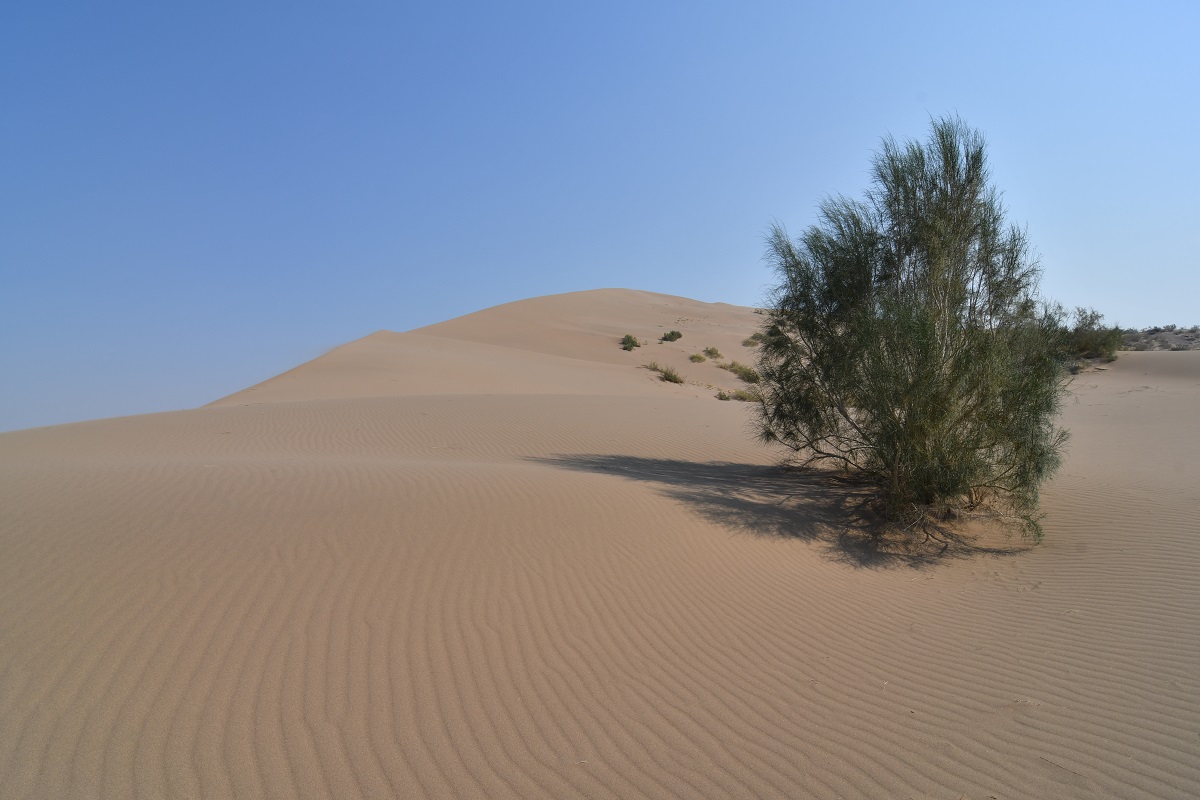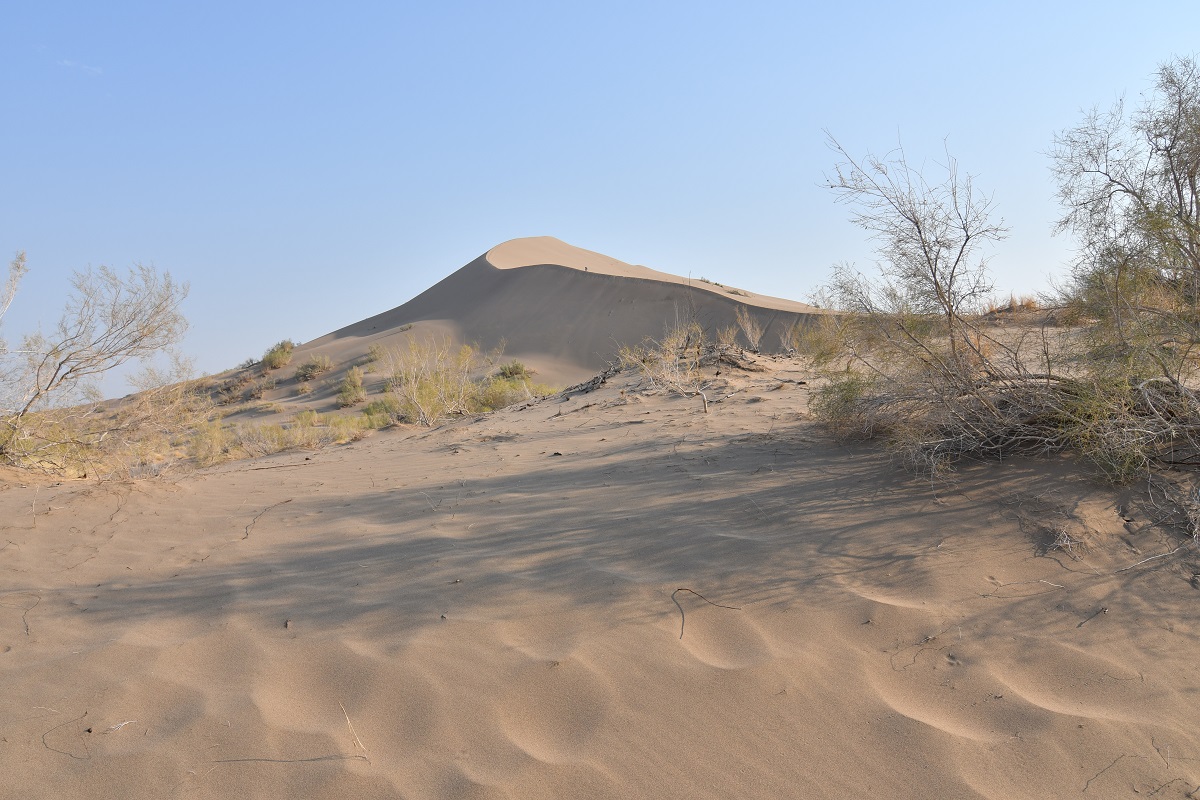Monday 22 July, 2019 -TAMGALY-TAS
We left Almaty on our way north to the border with Russia ( more than 1,000 kms away).
We stopped at Tamgaly-Tas (120kms from Almaty), site of rock carvings and paintings of Buddha, bodhisattvas and different styles of Tibetan scripture on cliffs and boulders on the bank of the river Ili. The origin and date of the carvings are disputed. There are historical theories and of course a legend.
Legend has it that a Buddhist mission was moving deep into the region (south-east modern Kazakhstan) in the 10th century. The mission had stopped by the shore of the river to rest when an earthquake occurred and dislodged an enormous piece of rock which fell from the cliffs to the ground. The mission took it as a sign that they should return to India, but before leaving carved three images of Buddha on a broken piece of cliff. The legend does not explain for what purpose these images were carved.
Some historians believe that the carvings were left by the Dzungars, a tribe who left northwest China in 1607 and occupied the region for the next century. The tribe’s legacy are Buddhist trails, sanctuary and scriptures.
Shakyamuni Buddha and the burkhans Manla and Chon Rai Chik portrayed in a traditional and contemplative lotus pose.
We then carried on the way to Altyn-Emel National Park.(north-east of Almaty and close to the border with China).
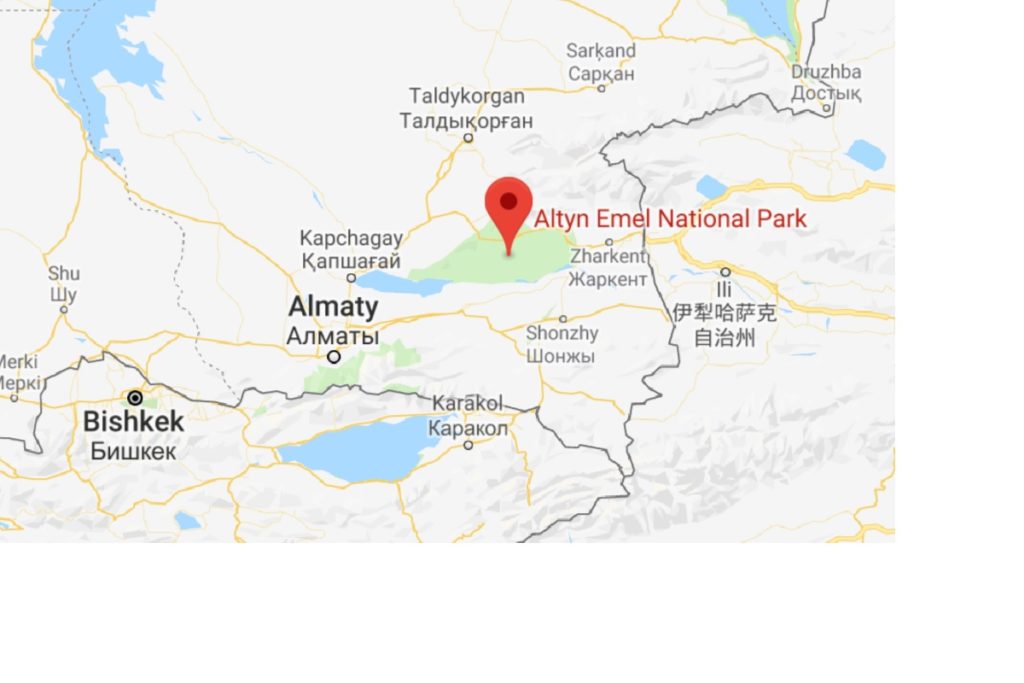
The Park was created in 1996 and covers 4600 square kilometers between the river Ili and the Ak-Tau mountain range. It consists mostly of desert and rocky terrain but is the home of at least 260 different animals, some on the list of endangered species. One of the last known race of wild horse was also successfully re-introduced in the park ( Przewalski horse) and today the herd counts more than 3,500 heads.
We stopped 40kms away from the park entrance and a storm broke out just as we were setting camp. It was not long before the sun came back and we were rewarded with this beautiful full rainbow.
Tuesday 23rd July, 2019 – ALTYN-EMEL NATIONAL PARK
We carried on to the small village of Baashi where the Park headquarters are and where you can buy your tickets and get information about the different routes. There are three main attractions 1) the Singing Dunes, 2) Katutau and Aktau Mountains and 3) the Besshatyr burial grounds and petroglyphs.
The Singing Dunes are 80kms from Basshi , 2 hours drive in the steppe/desert with no shelter from the sun.( got 40C in the car)
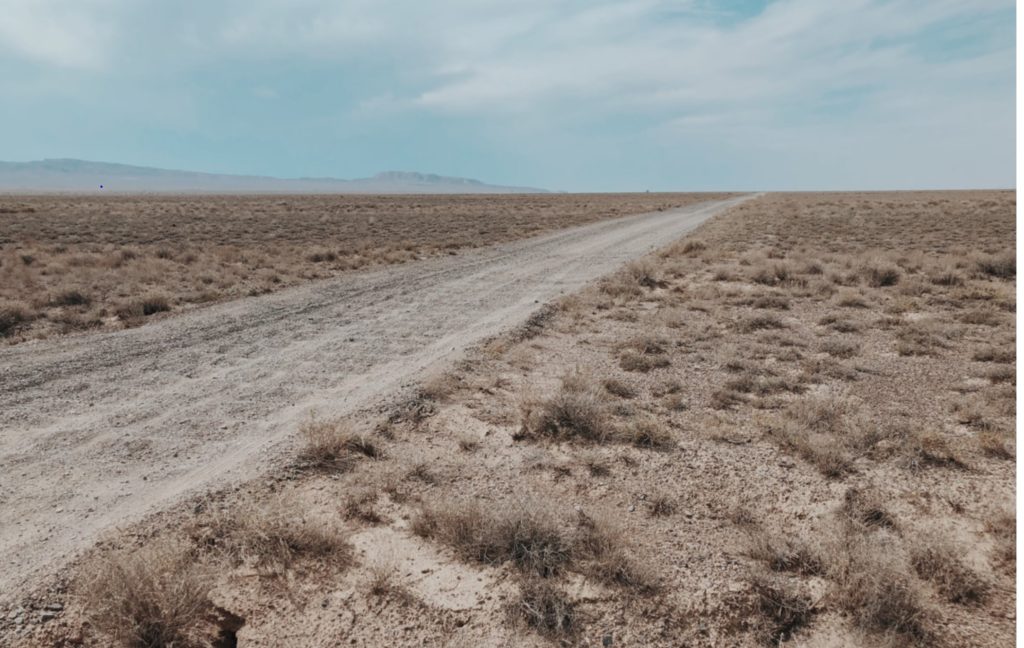
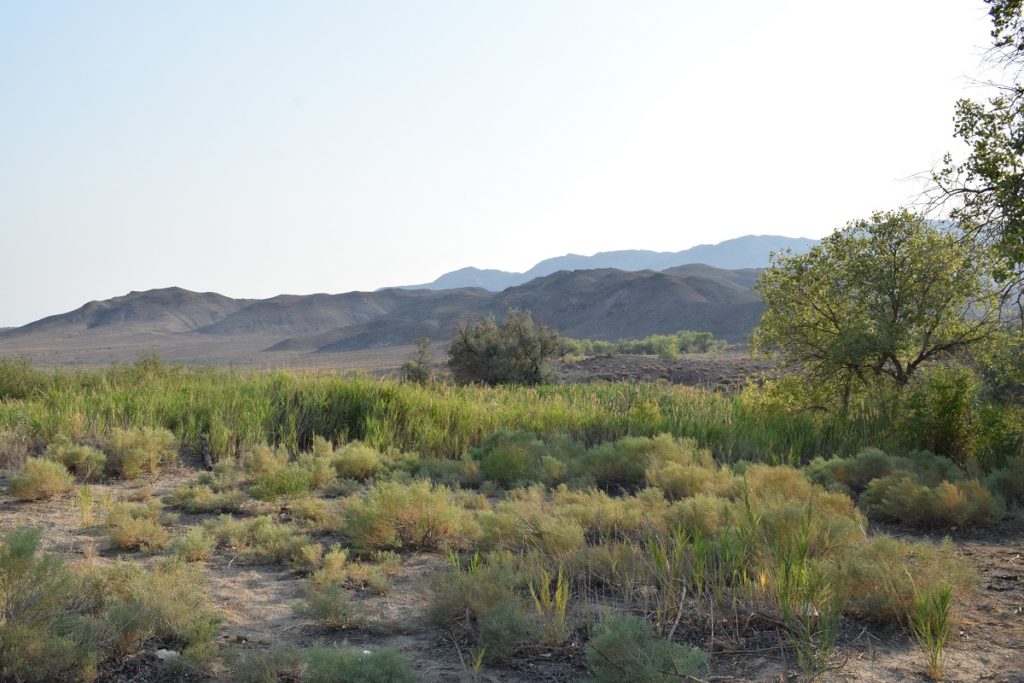
Near a spring on the way to the Dunes 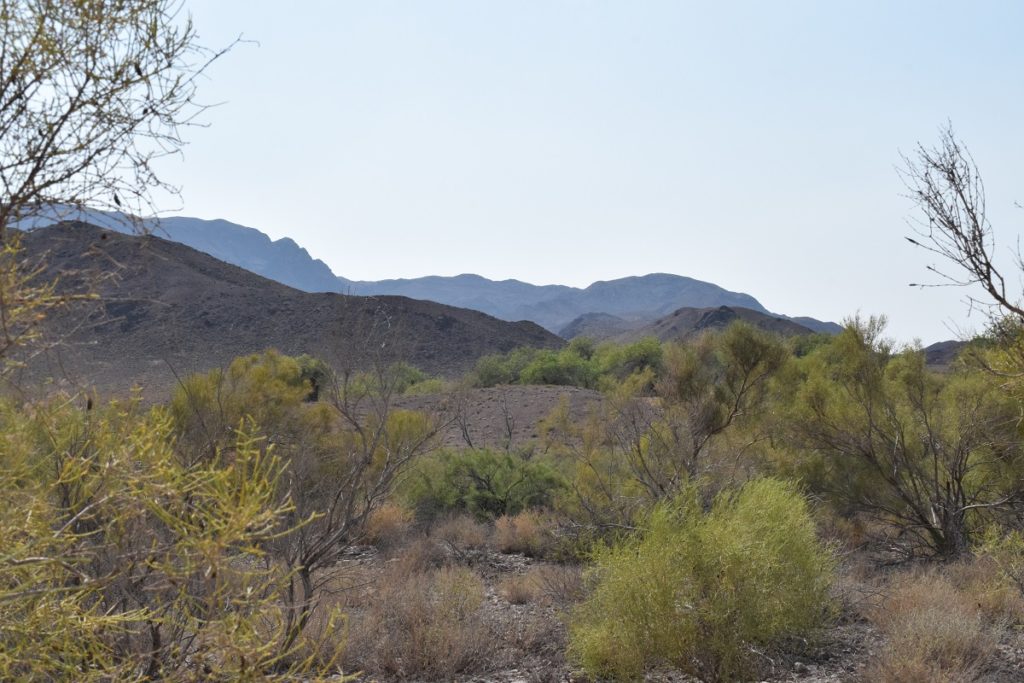
The dunes appear all of a sudden wedged between two mountains. There is no sand around apart from the dunes. They emit a low vibrating rumble ( similar to an airplane engine) when the sand moves. Another particularity is that the dunes do not move thanks to the strong winds that blow over them in different directions.
It is a steep climb to the top !(The best time to go is after 6pm when shadows are created by the sun going down and the sand turns a golden yellow).
You are allowed to camp at the rangers post 12 kms from the dunes. There is some shade which is most welcomed but the place is infested by mosquitoes in the evening and we had a terrible night there !
Wednesday 24th July, 2019 – Taldykorgan
We made our way back to Baashi and tried to find a place to fix yet another flat tyre we had on the way to the Dunes but the electricity was down in the village and in the end we decided to drive to the nearest town Saryozek ( 90 kms away).
Just outside the village, a couple flagged us down . They were standing by the side of the road. The woman wanted a lift to the town and as we were heading that way we agreed to take her there. She did not seem to mind the cramped sitting position in the back of the cab! She offered us 500 Tenge ( about 1.5 dollars) for the ride. It is common practice in Central Asia , people will stand by the side of the road and try to get a lift. They sometimes stand at bus stops but hope to get to their destination quicker by private car. For the drivers , it is a way to make money too! This also happens in towns as this is cheaper than getting a taxi.
We got to Taldykorgan mid-afternoon and stayed the night.
Thursday 25th July – Friday 26th July, 2019 – UST-KAMENOGORSK
The next 2 days are spent driving .The A3 that leads all the way to the border is undergoing major works and in places is being re-built altogether. The existing road is in poor condition with numerous potholes, bumps and deformed asphalt. The road works mean temporarydeviations on dirt roads and the going is slow.
We only managed 400kms in 8 hours the first day and 450km the next in 9 hours! The landscape was mainly steppe( flat with yellowish grass and no trees) with occasional mountains in the distance so not very exciting !
We booked a flat for 3 nights as we cannot cross the border until 30th July.
Saturday 27th July – Sunday 28th July, 2019- Ust-Kamenogorsk
Ust-Kamenogorsk, also known as Oskemen is the administrative centre of the East Kazakhstan region. The town was founded as a fort and trading post at the confluence of 2 rivers in 1720. ( under Peter the Great).
The city developped as a major mining and metallurgic centre during the soviet period and was a” close city” due to its production of uranium products. Today mining of non-ferrous metals, especially urianium,copper, lead , silver and zinc and others remain important. It is also a centre for the construction industry producing manufactured housing and ferroconcrete articles.
The weather was not so great, the temperature dipped to 20C with grey skies and the city- surrounding countryside was engulfed in dim. We were told it was due to fires burning in Siberia, but not sure it was the case, may be pollution played a part too!.
Monday 29th July, 2019 – Shemonaikha
Drove the 100kms or so to Shemonaikha, small town 20kms away from the actual border crossing.
The road was in fairly good condition and the landscape turned a lot greener with huge fields of sunflowers.
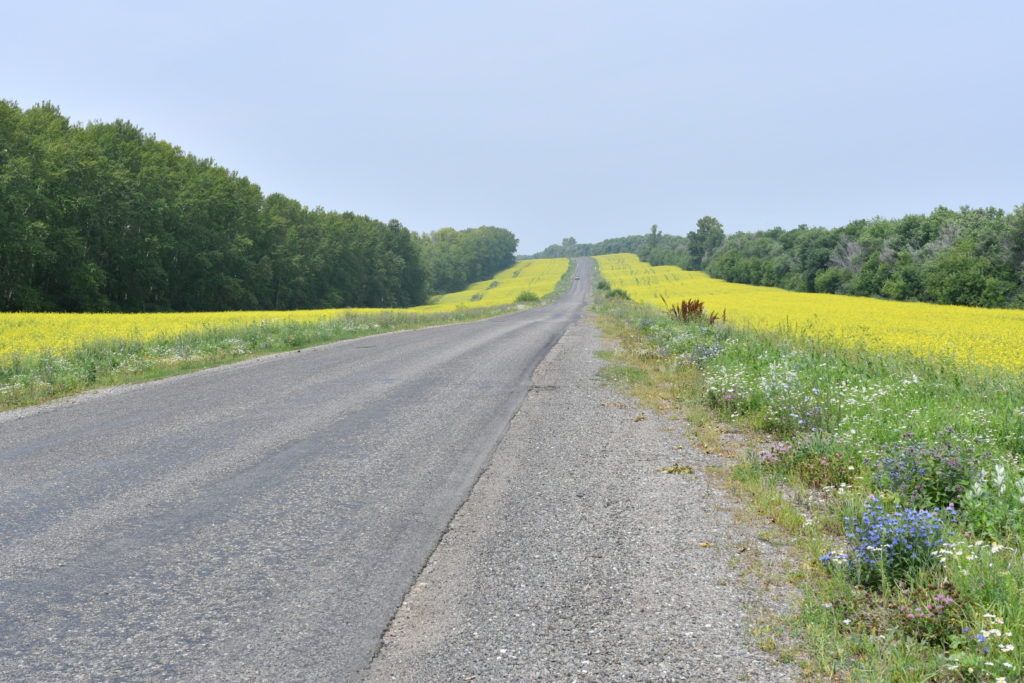
The villages we passed could have been in Russia, with typical wooden houses surrounded by picket fences.
